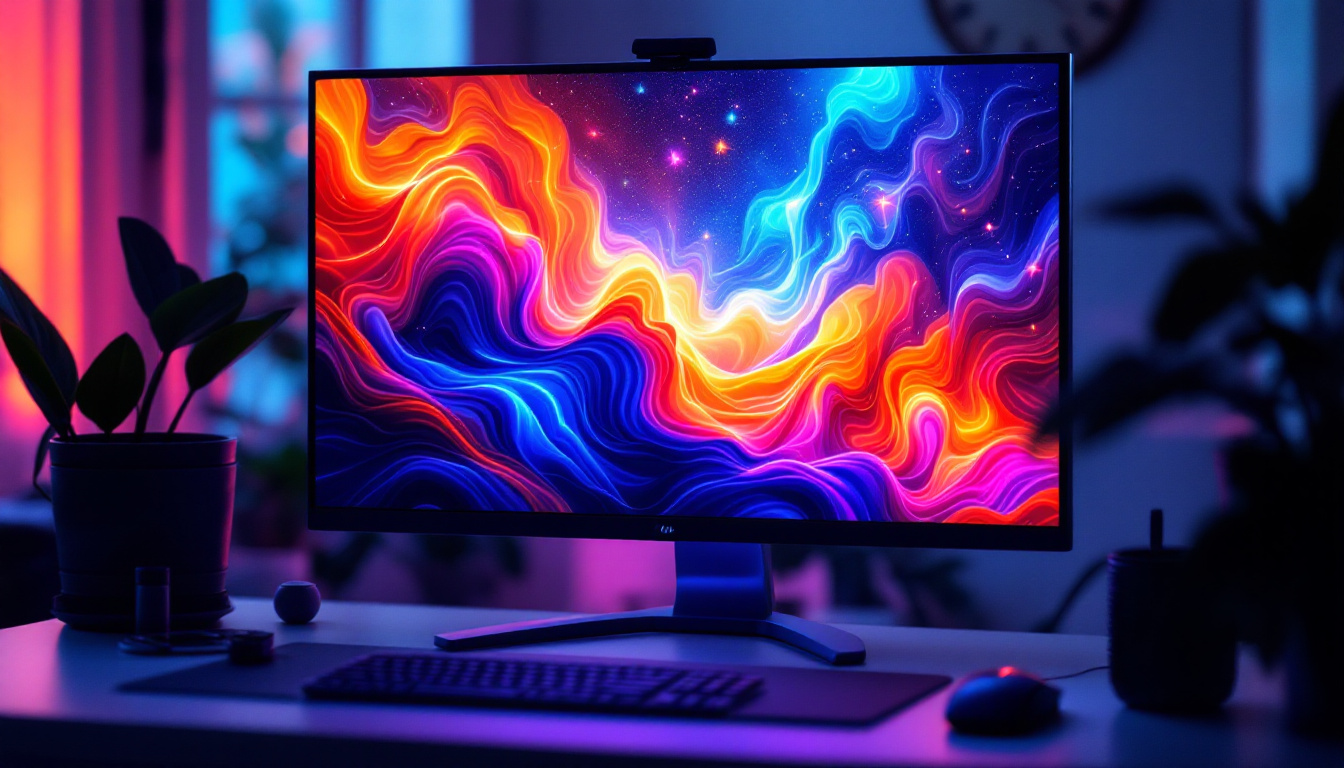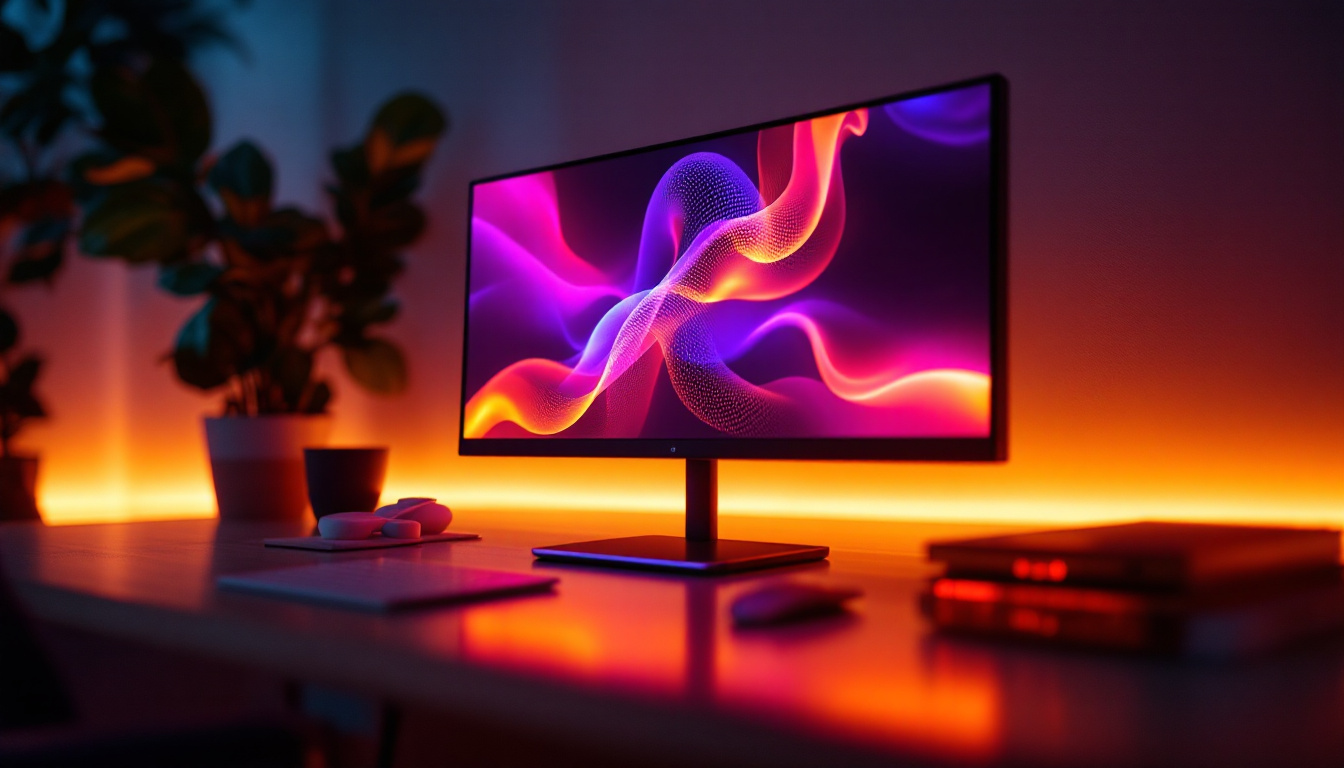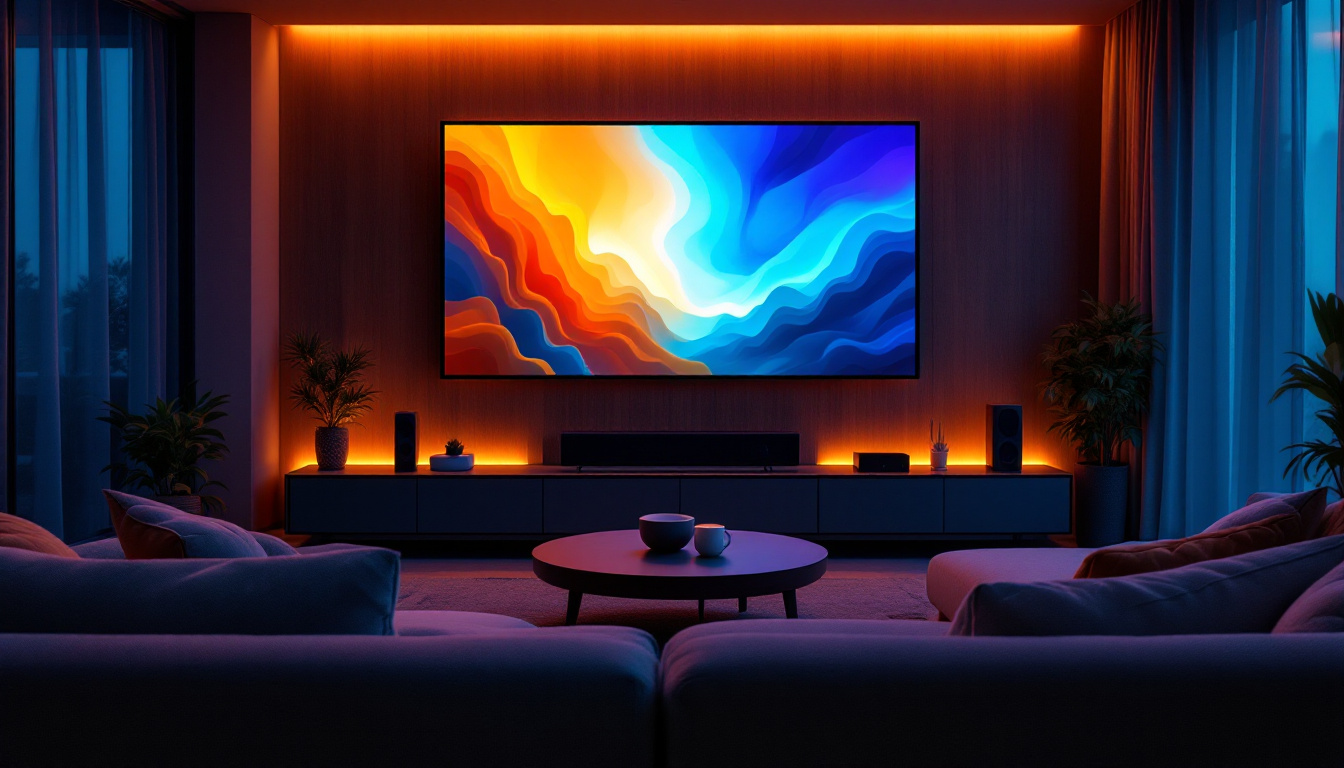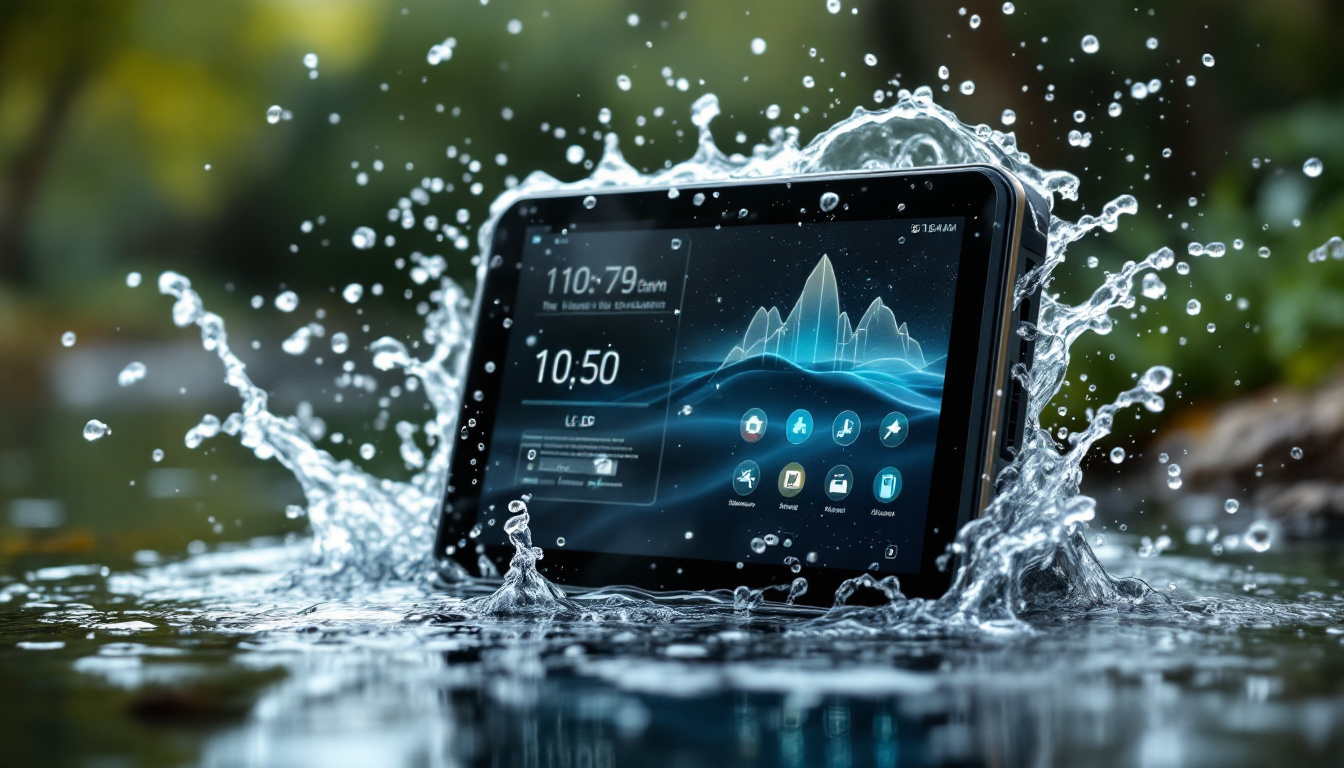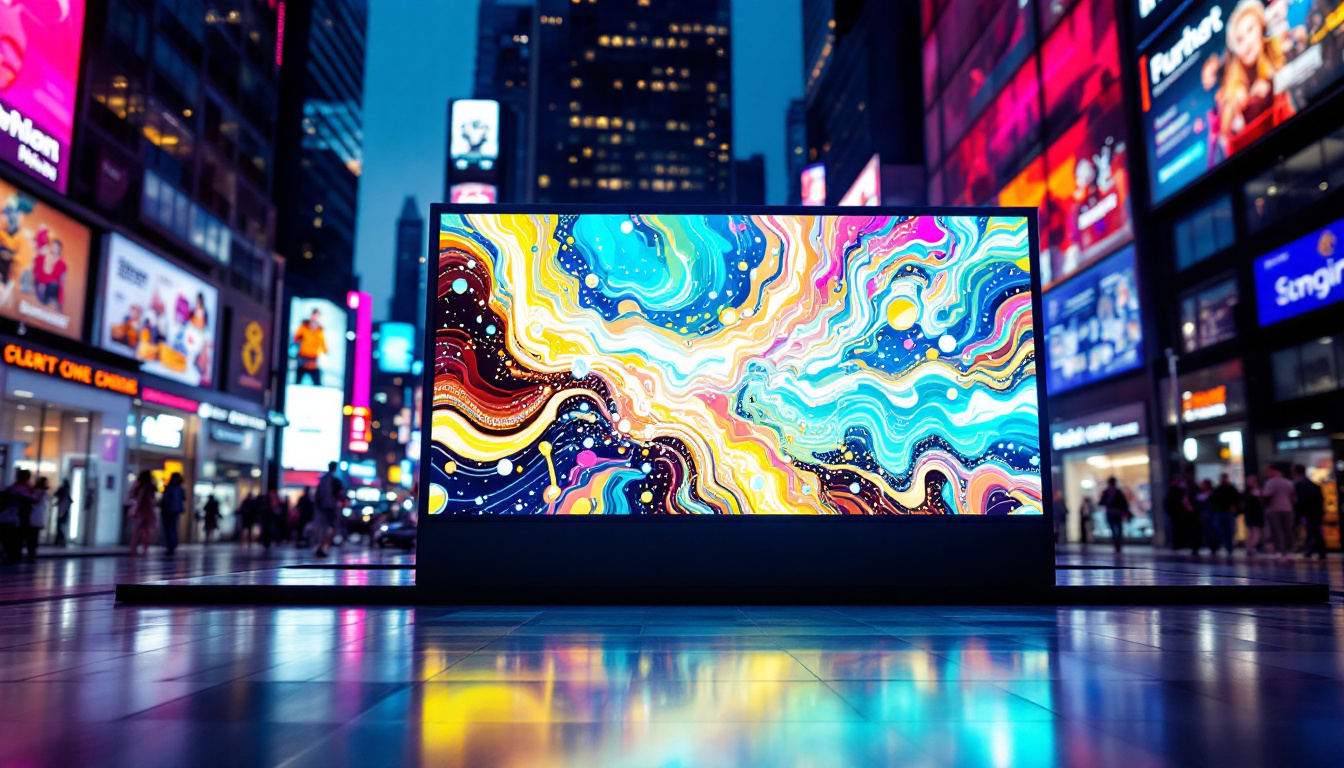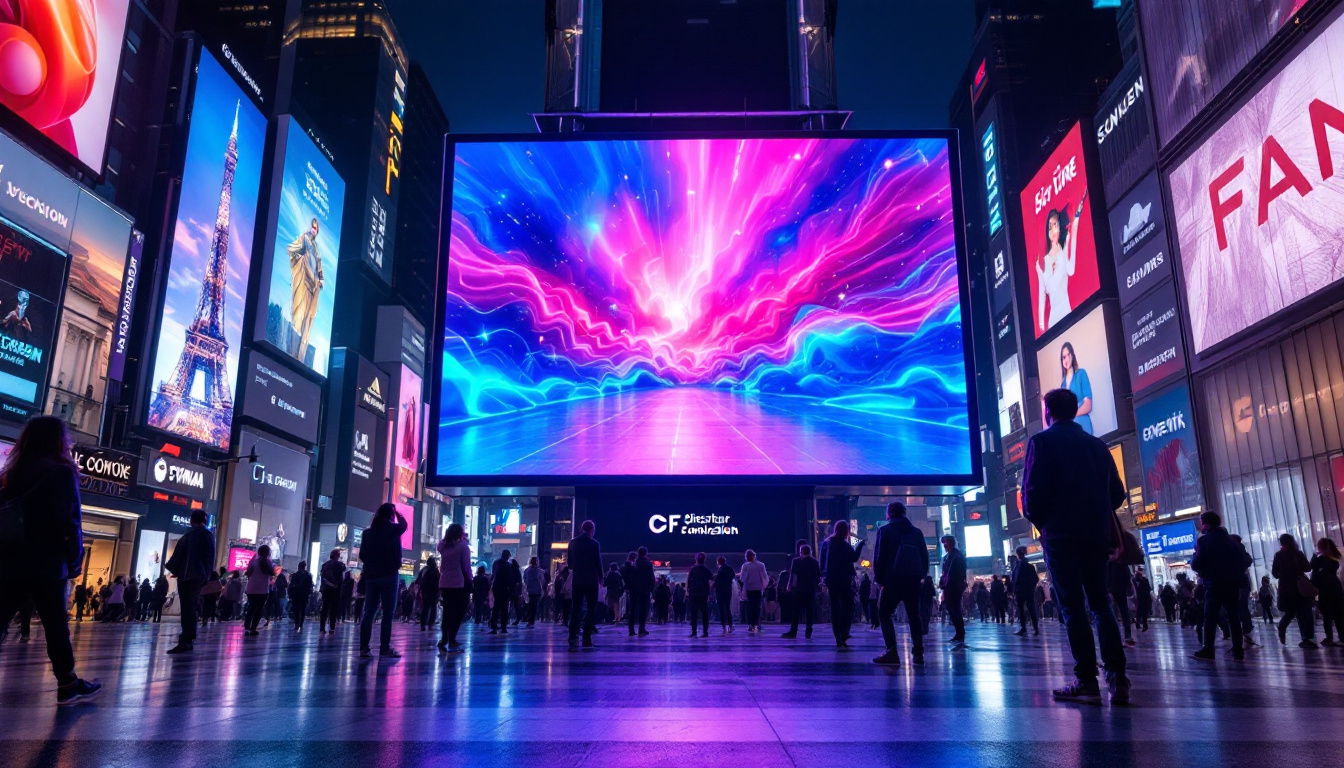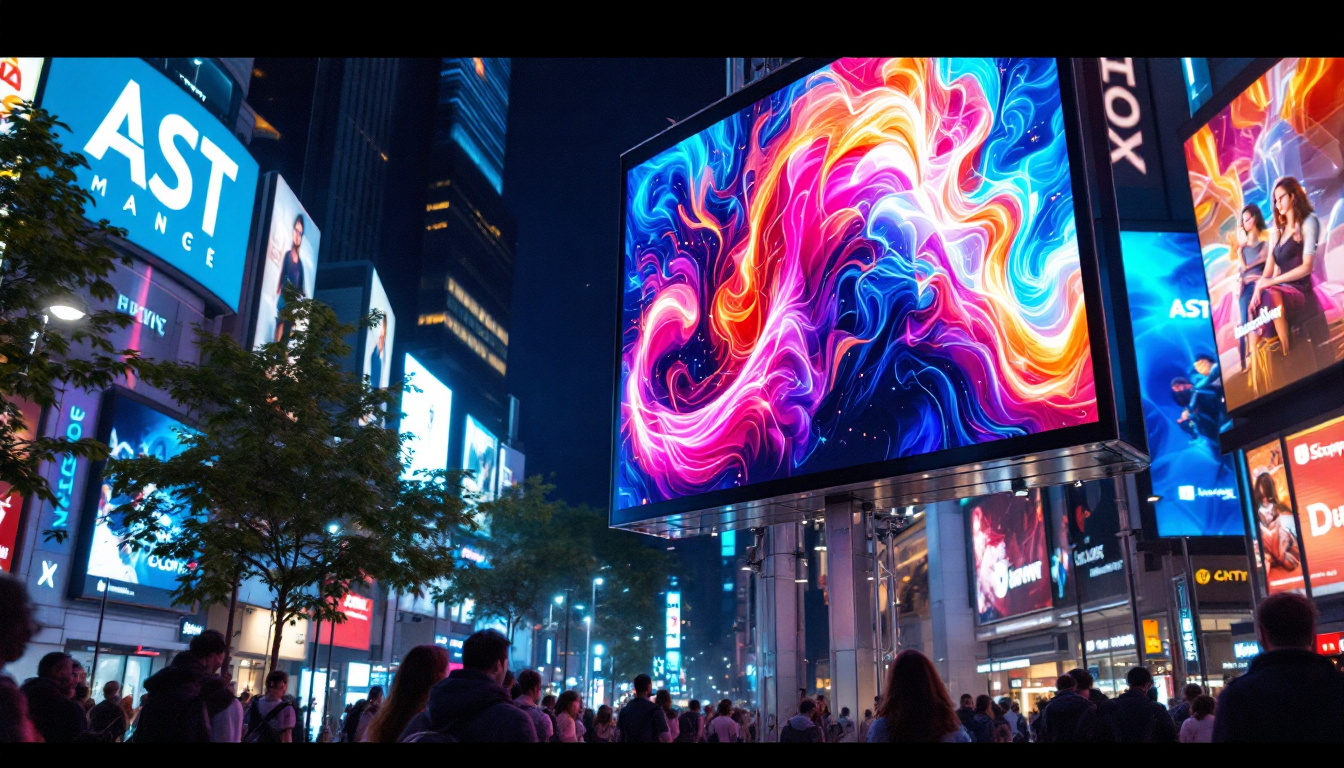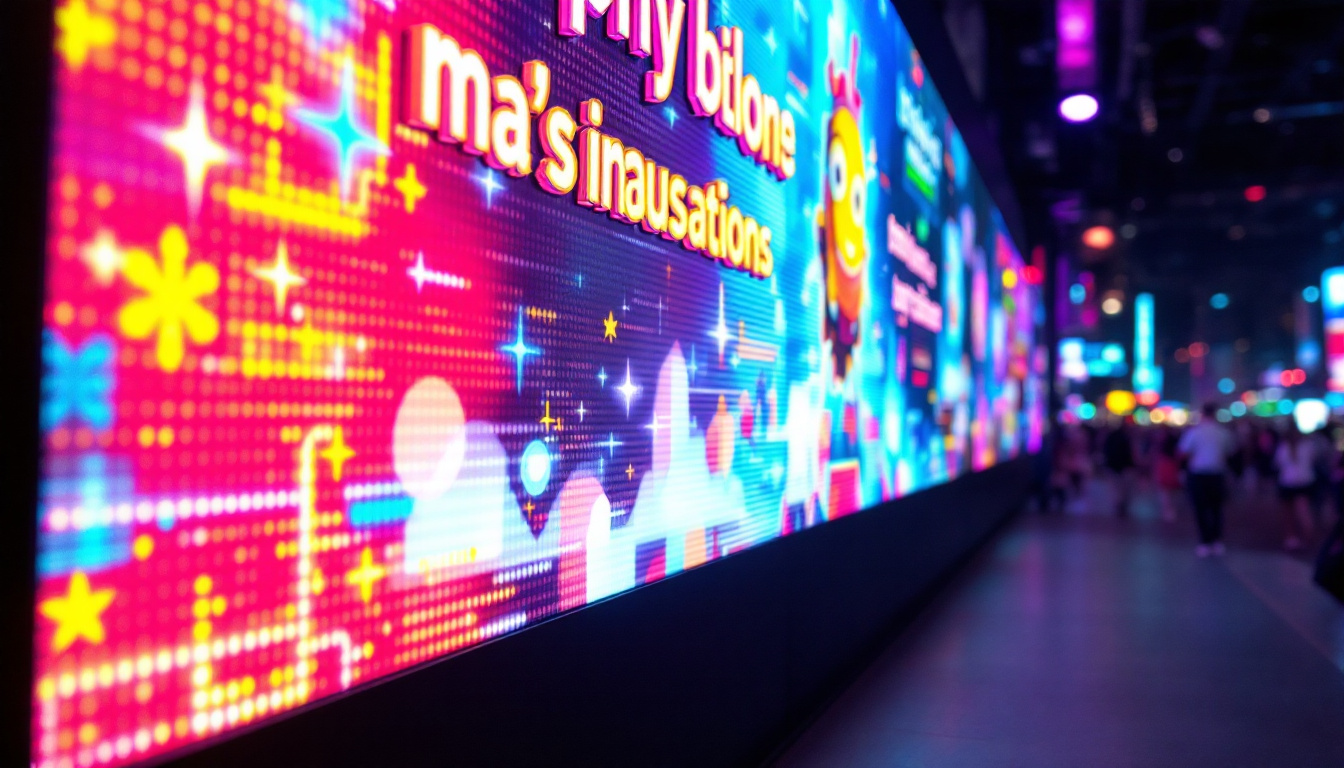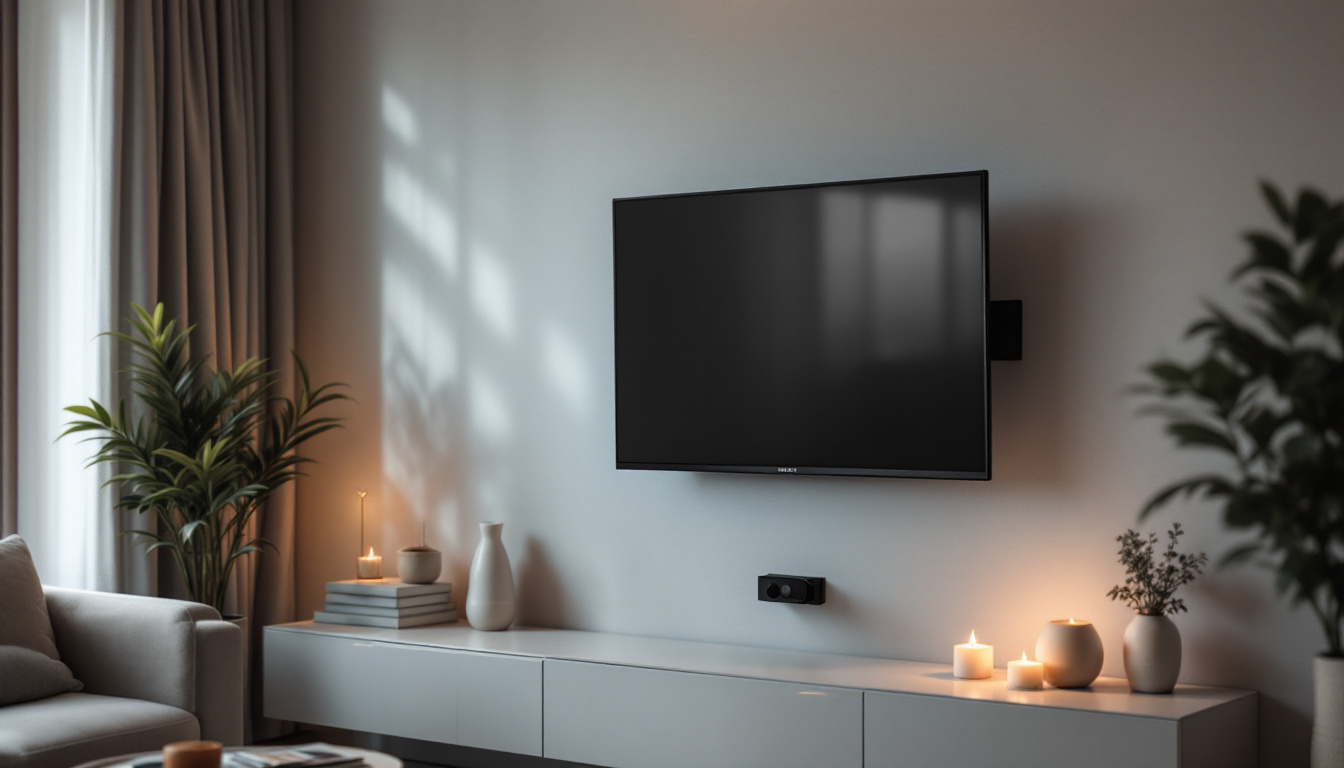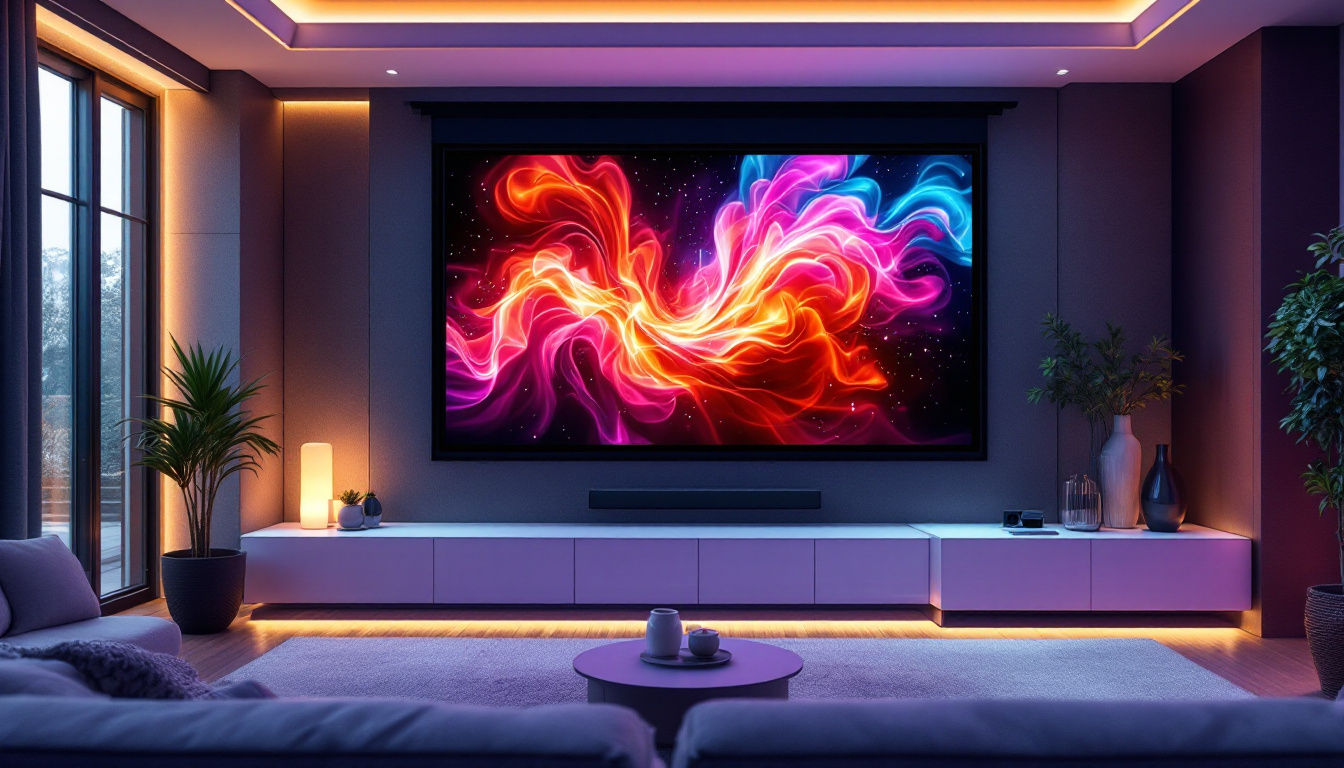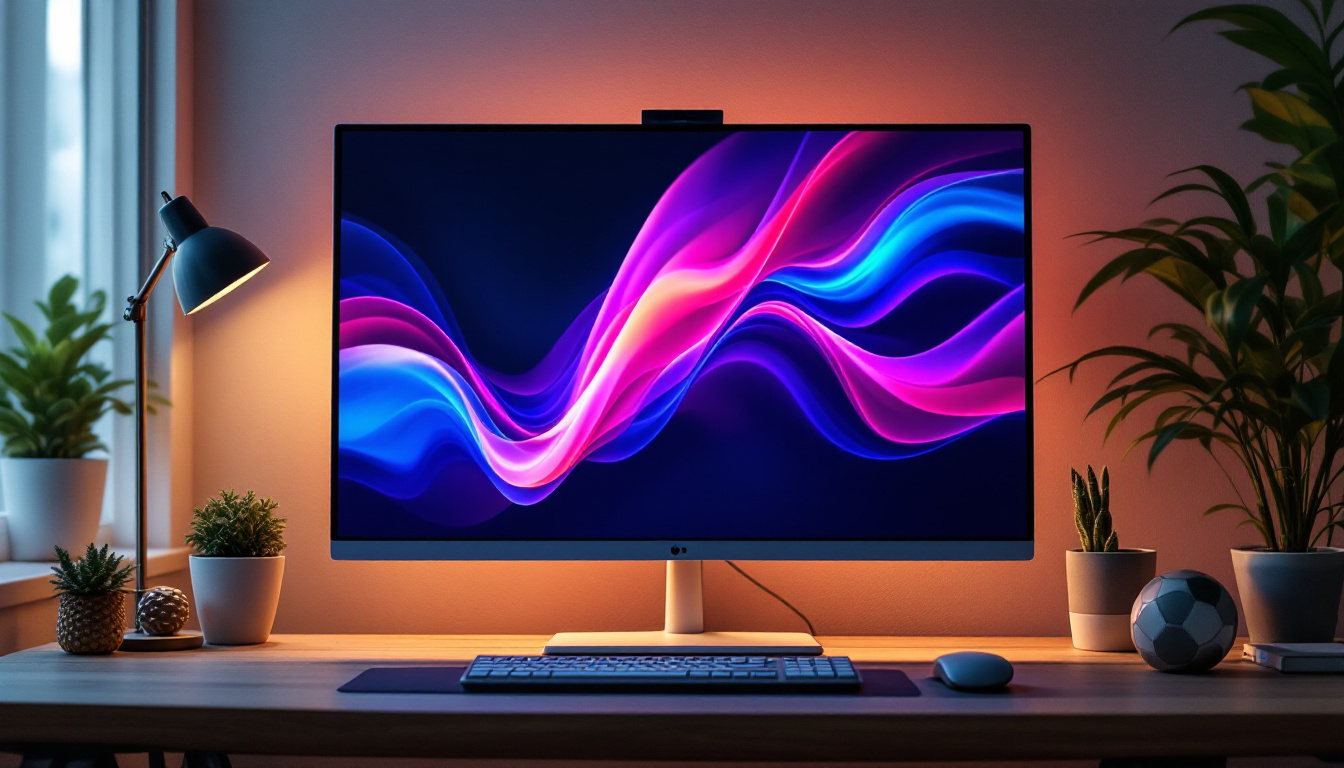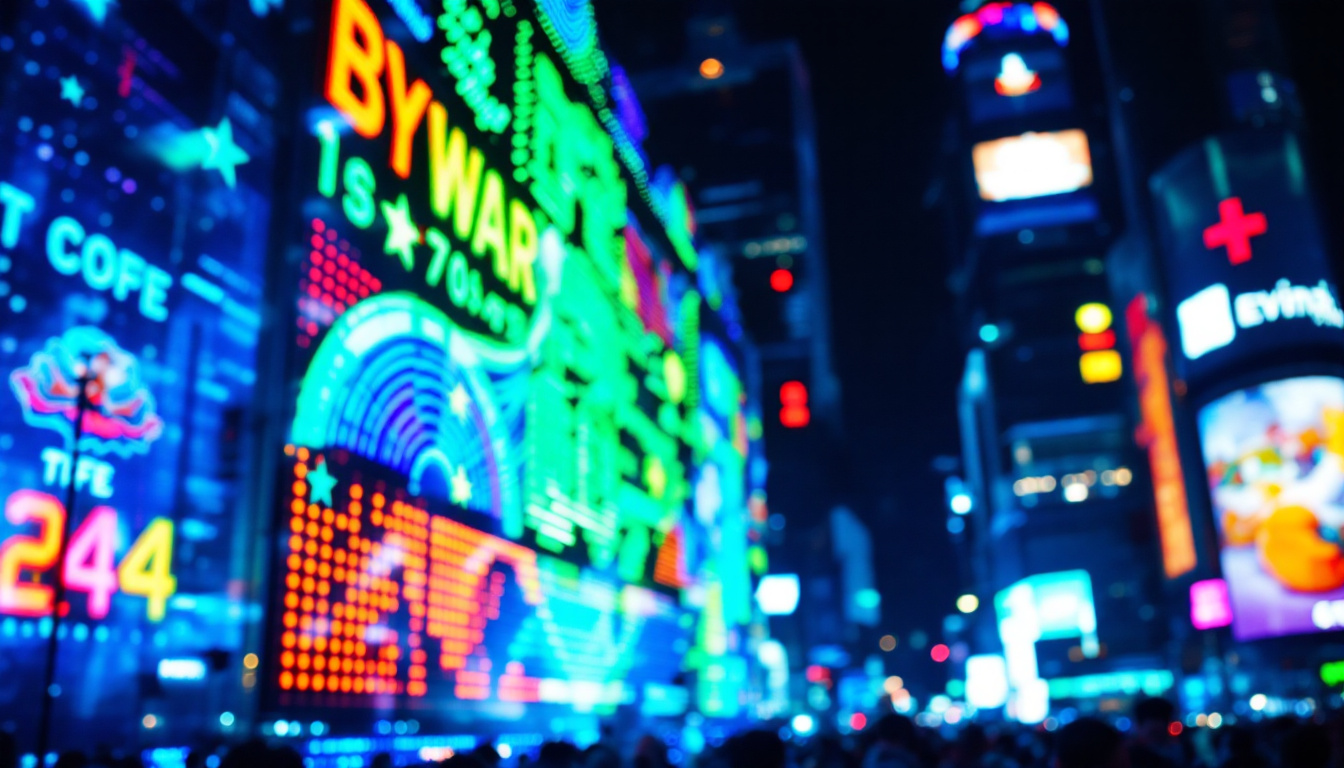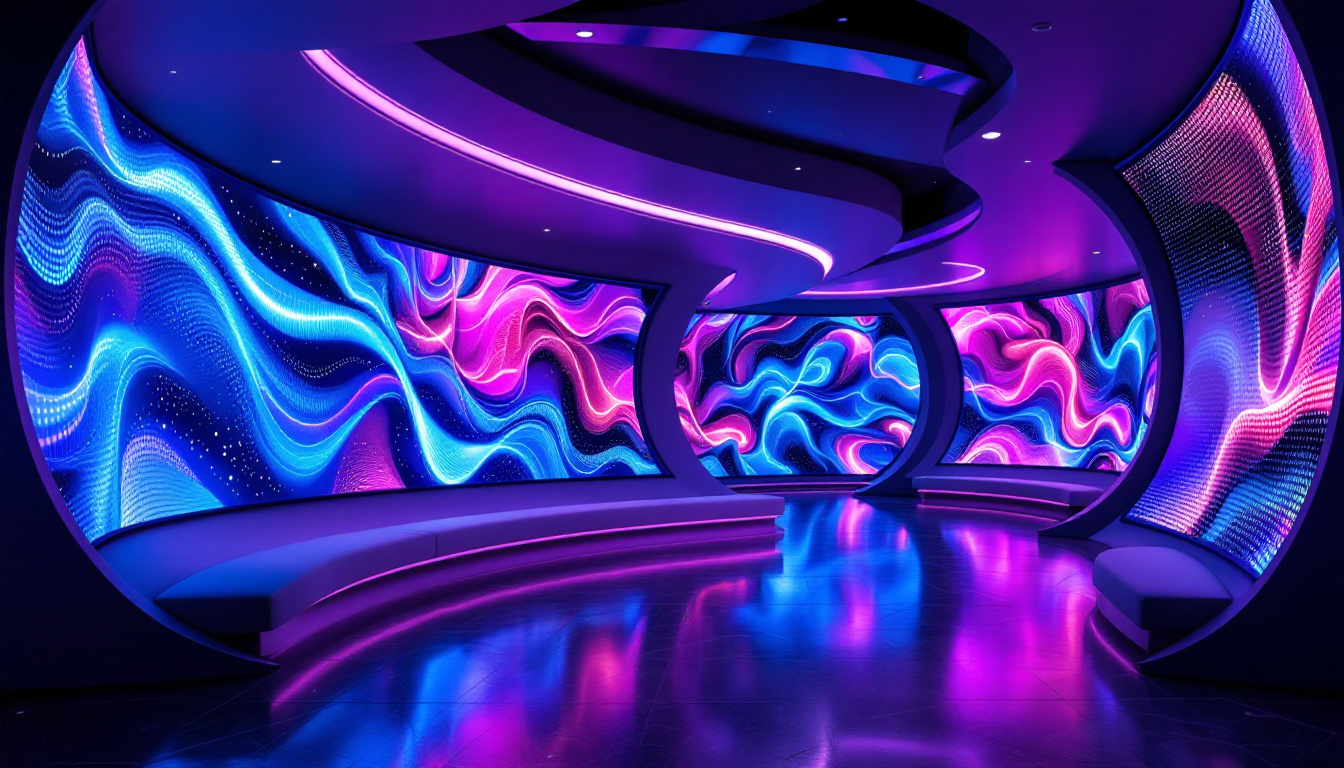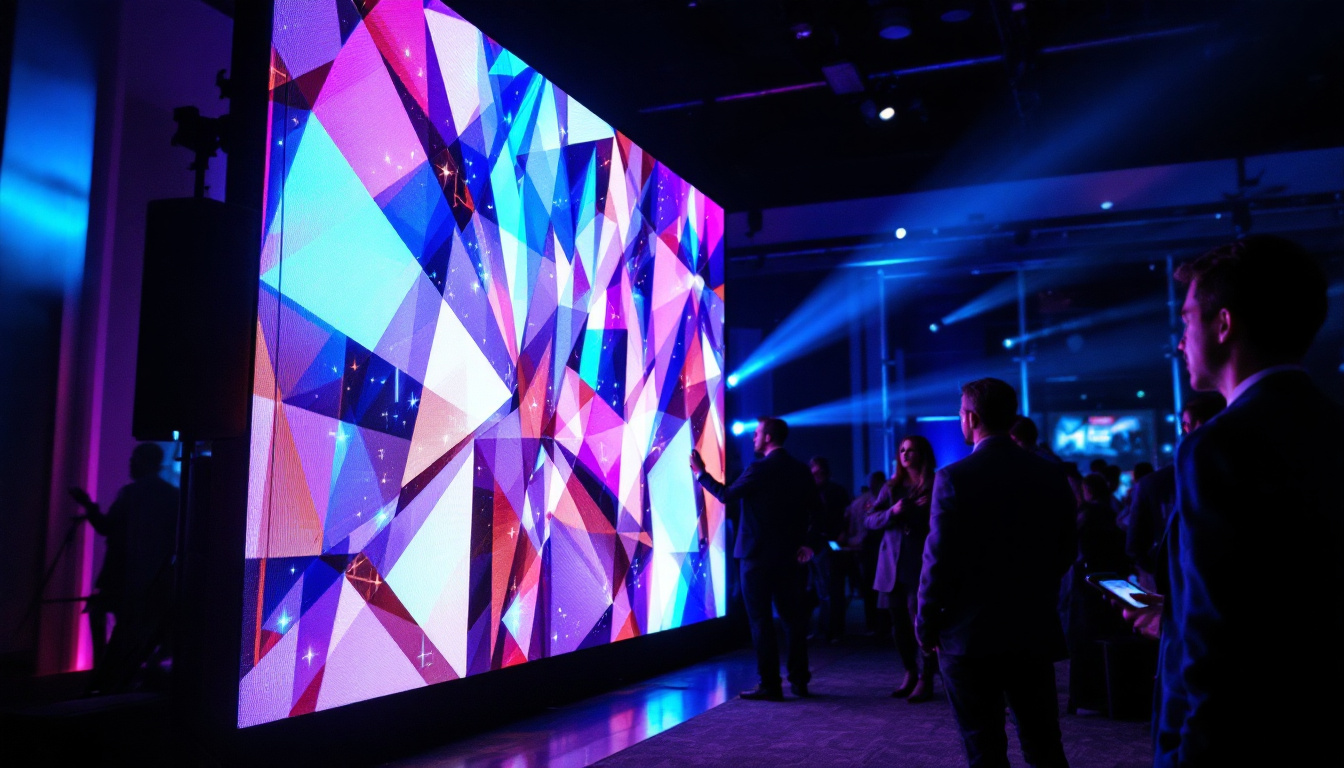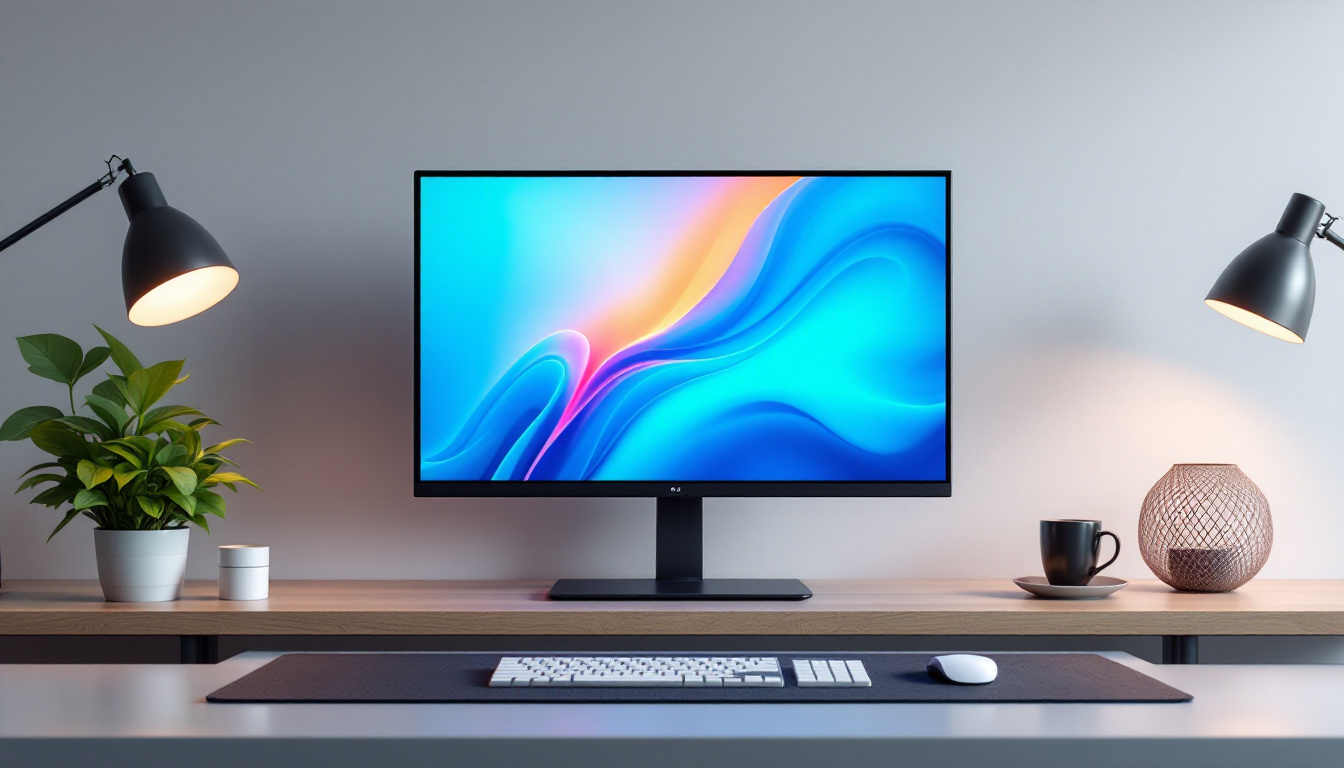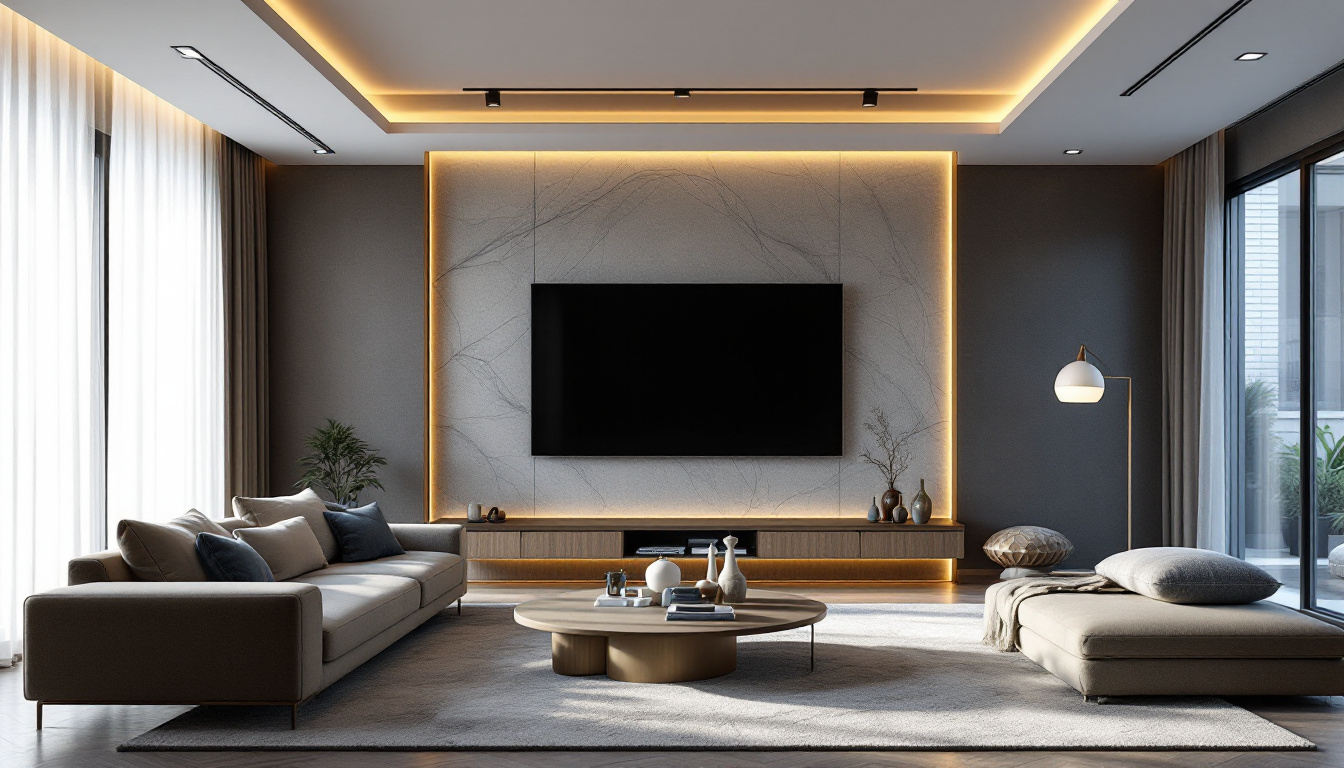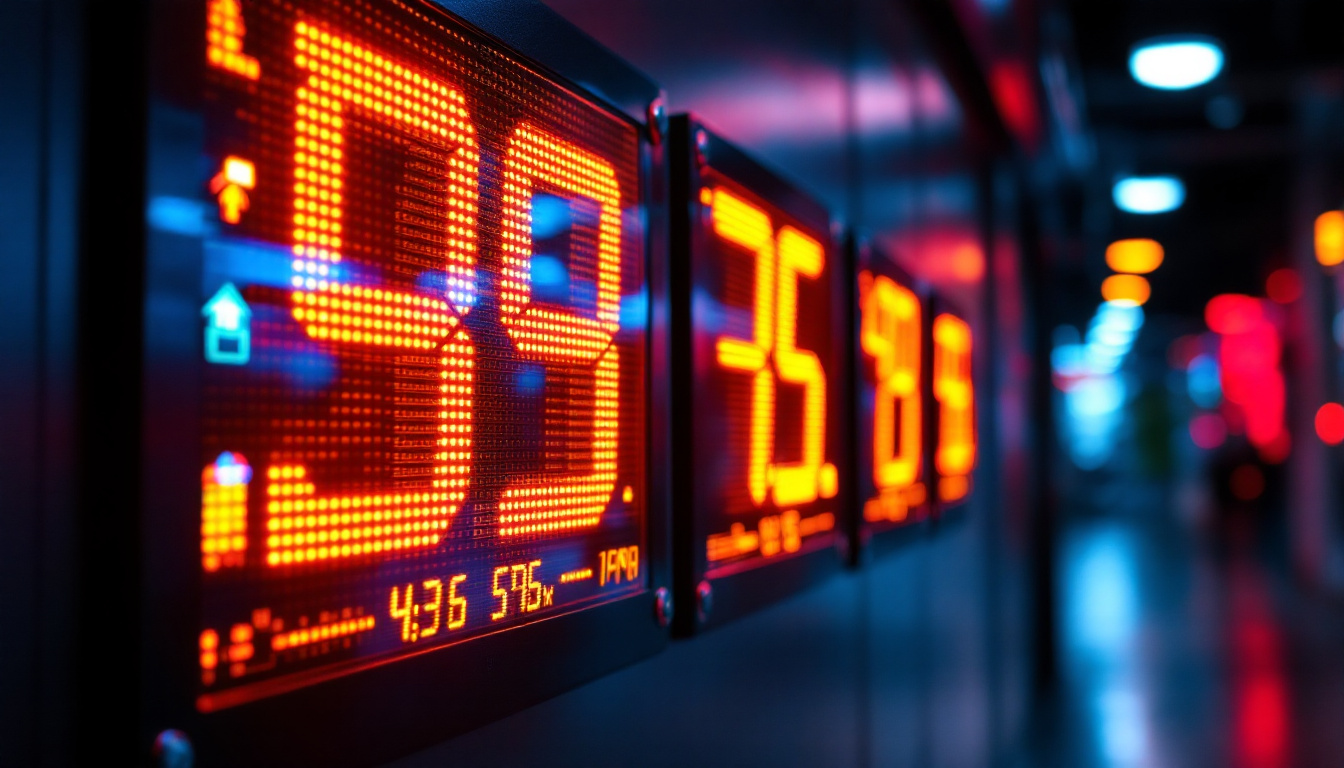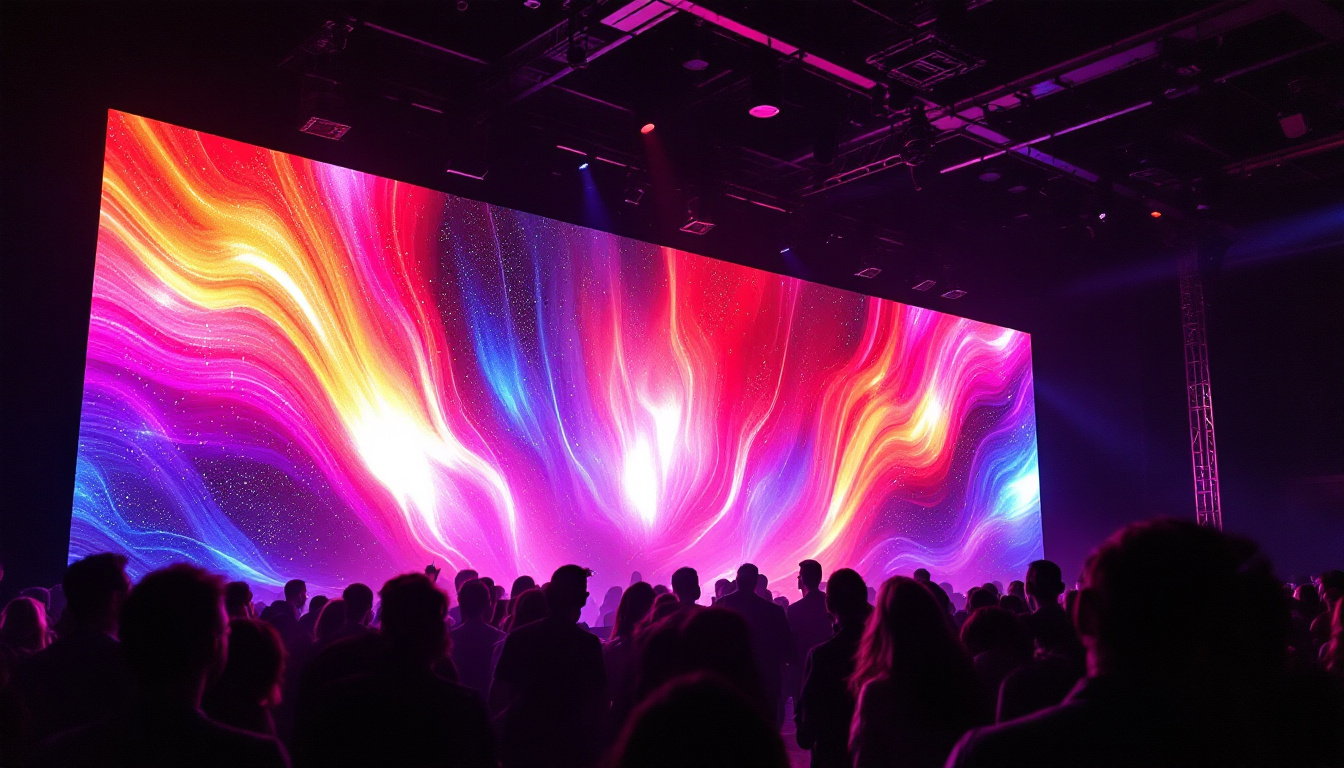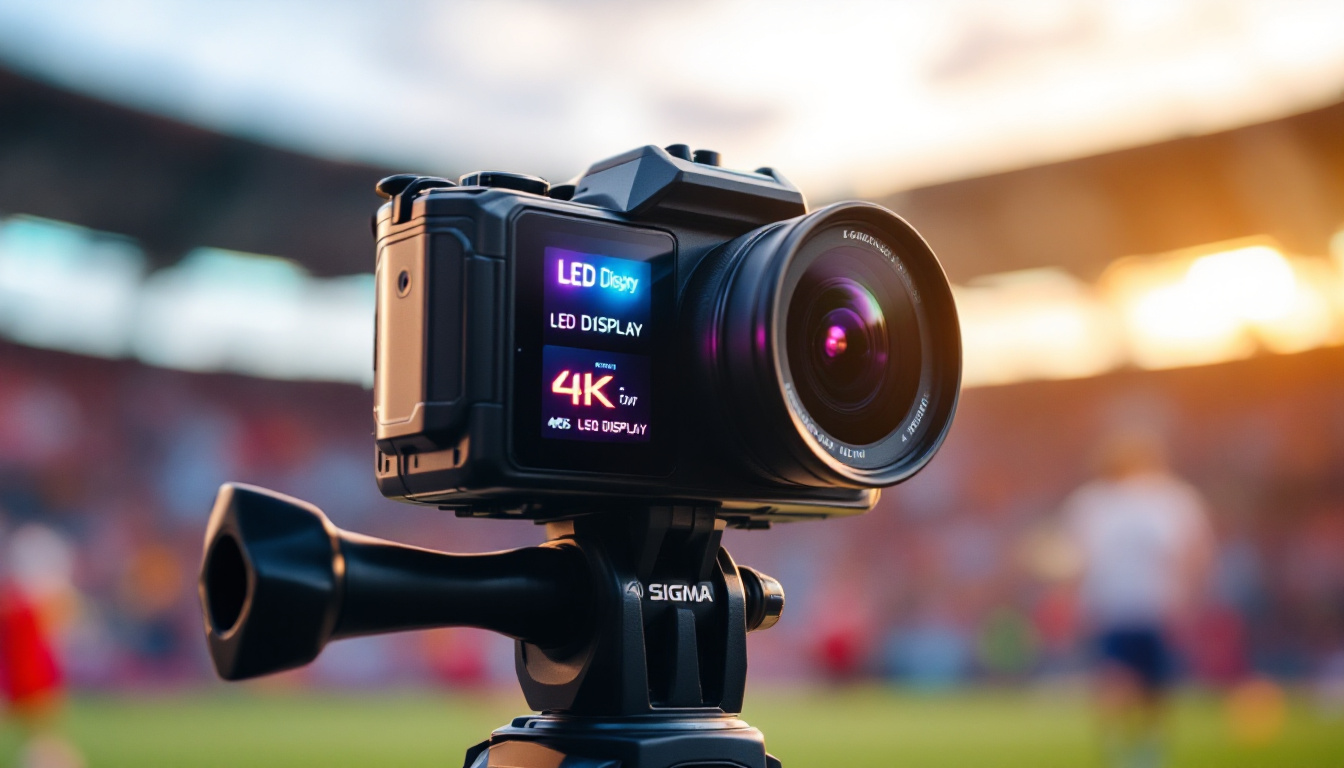In the world of technology, the evolution of display screens has transformed the way users interact with computers. Among these advancements, touch screen monitors equipped with LED displays have gained significant popularity. This article delves into the intricacies of computer touch screen monitors, focusing on LED technology, its advantages, and its applications in various fields.
Understanding Touch Screen Technology
Touch screen technology has revolutionized user interfaces, making interactions more intuitive and engaging. Unlike traditional monitors that rely solely on a mouse and keyboard, touch screens allow users to interact directly with what is displayed on the screen. This direct interaction not only enhances user engagement but also facilitates a more seamless experience across various applications, from gaming to educational tools.
Types of Touch Screen Technologies
There are several types of touch screen technologies, each with its unique characteristics and applications. The most common types include resistive, capacitive, and infrared touch screens. Each type serves different needs and environments, making it essential to choose the right technology based on the intended use.
Resistive touch screens consist of multiple layers that detect pressure. When the screen is pressed, the layers make contact, registering the touch. This technology is widely used in applications requiring a stylus or gloves, such as in industrial settings or medical devices where users might need to wear protective gear. The durability and reliability of resistive screens make them suitable for environments where harsh conditions prevail.
Capacitive touch screens, on the other hand, utilize the electrical properties of the human body. They are more responsive and provide a smoother user experience, making them ideal for smartphones and tablets. Capacitive screens can detect multiple touch points, allowing for gestures like pinch-to-zoom, which have become standard in modern devices. This capability enhances user interaction by enabling more complex commands and multitasking features.
Advantages of Touch Screen Monitors
Touch screen monitors offer numerous advantages over traditional displays. They provide a more interactive experience, allowing users to engage with content in a more natural way. This can enhance productivity, particularly in environments where quick access to information is crucial. For instance, in retail environments, touch screens can facilitate faster transactions and improve customer service by allowing staff to quickly access product information or inventory levels.
Additionally, touch screens reduce the need for external peripherals, streamlining the workspace. This feature is particularly beneficial in settings like kiosks, where space is limited. Moreover, the intuitive nature of touch screens can reduce the learning curve for new users, making technology more accessible to individuals of all ages and backgrounds. As touch screen technology continues to evolve, we can expect to see even more innovative applications, such as in augmented reality interfaces and smart home devices, further integrating touch interactions into our daily lives.
LED Display Technology Explained
LED (Light Emitting Diode) technology has become the standard for modern displays, including touch screen monitors. Unlike traditional LCD displays that use fluorescent backlighting, LED displays utilize diodes that emit light, resulting in brighter and more vibrant images. The evolution of this technology has transformed how we interact with digital content, making it more immersive and engaging than ever before.
How LED Displays Work
LED displays operate by using a matrix of tiny light-emitting diodes to create images. Each pixel on the screen is made up of red, green, and blue LEDs, which combine to produce a wide range of colors. This technology allows for greater energy efficiency and improved color accuracy compared to older display technologies. The precision with which these diodes can be controlled means that LED displays can render images with stunning clarity, making them ideal for everything from high-definition television broadcasts to intricate graphic design work.
Furthermore, LED displays can achieve higher contrast ratios, resulting in deeper blacks and brighter whites. This enhancement is particularly noticeable in multimedia applications, where image quality is paramount. The ability to display true blacks is a game-changer for movie enthusiasts and gamers alike, as it enhances the depth and realism of visual content. Additionally, many LED displays now feature advanced technologies such as local dimming, which further improves contrast by allowing specific areas of the screen to be dimmed or brightened independently, thus enhancing the overall viewing experience.
Benefits of LED Technology
The benefits of LED technology extend beyond image quality. One of the most significant advantages is energy efficiency. LED displays consume less power than their LCD counterparts, making them an environmentally friendly choice. This reduced energy consumption not only lowers electricity bills but also contributes to a smaller carbon footprint, aligning with the growing demand for sustainable technology solutions in both residential and commercial settings.
Moreover, LED displays have a longer lifespan, reducing the need for frequent replacements. This durability makes them a cost-effective solution for both businesses and consumers. In addition to their longevity, LED displays are also more resistant to shock and vibration, making them suitable for a variety of environments, including outdoor settings and industrial applications. As technology continues to advance, we can expect to see even more innovative uses for LED displays, such as in augmented reality and smart home systems, further solidifying their place as a cornerstone of modern visual technology.
Applications of Touch Screen LED Monitors
Touch screen LED monitors are versatile and find applications across various sectors, from education to healthcare and retail. Their ability to facilitate interactive experiences makes them invaluable in many settings.
Education Sector
In educational environments, touch screen LED monitors have transformed traditional teaching methods. Interactive whiteboards and smart classrooms utilize these displays to engage students actively. Teachers can present lessons dynamically, allowing for real-time feedback and collaboration.
Additionally, touch screens can accommodate different learning styles, making education more inclusive. Students can interact with lessons through touch, enhancing retention and understanding.
Healthcare Applications
The healthcare industry has also embraced touch screen LED monitors. These devices are used in patient check-in kiosks, allowing for a more streamlined process. Touch screens enable patients to input their information quickly, reducing wait times and improving overall efficiency.
Moreover, touch screen monitors are employed in medical imaging, where doctors can manipulate images with ease. This capability enhances diagnostic accuracy and facilitates better patient care.
Retail and Customer Engagement
In the retail sector, touch screen LED monitors have become essential tools for customer engagement. Interactive displays allow customers to browse products, access information, and even make purchases directly from the screen.
Furthermore, these monitors can be used for advertising and promotions, capturing customers’ attention in a visually appealing manner. The interactive nature of touch screens encourages customer interaction, potentially leading to increased sales.
Choosing the Right Touch Screen LED Monitor
When selecting a touch screen LED monitor, several factors should be considered to ensure it meets specific needs and requirements. Understanding these factors can help users make informed decisions.
Screen Size and Resolution
The screen size and resolution are critical considerations. A larger screen can enhance visibility and make interactions easier, especially in collaborative environments. However, the ideal size depends on the intended use and available space.
Resolution also plays a significant role in image quality. Higher resolutions provide sharper images, which is particularly important for applications involving detailed graphics or text.
Touch Technology and Sensitivity
Different touch technologies offer varying levels of sensitivity and responsiveness. Capacitive touch screens are generally more sensitive and provide a smoother experience, while resistive screens may require more pressure to register a touch.
Users should evaluate their specific needs, considering factors such as the environment in which the monitor will be used and the types of interactions expected.
Maintenance and Care for Touch Screen LED Monitors
Proper maintenance and care are essential to prolonging the lifespan of touch screen LED monitors. Regular cleaning and careful handling can prevent damage and ensure optimal performance.
Cleaning Guidelines
When cleaning a touch screen LED monitor, it is crucial to use appropriate materials. A soft microfiber cloth is recommended, as it will not scratch the surface. Additionally, using a gentle cleaning solution specifically designed for electronics can help remove smudges and fingerprints without causing harm.
It is advisable to avoid using abrasive cleaners or paper towels, as these can damage the screen. Regular cleaning not only maintains the monitor’s appearance but also ensures clear visibility for users.
Handling and Usage Tips
Handling touch screen monitors with care is vital to prevent physical damage. Users should avoid applying excessive pressure on the screen and refrain from using sharp objects that could scratch or break the surface.
Furthermore, it is essential to be mindful of environmental factors. Keeping the monitor away from direct sunlight and extreme temperatures can help preserve its functionality and appearance.
Future Trends in Touch Screen LED Technology
The future of touch screen LED technology is promising, with ongoing advancements that are likely to enhance user experiences further. Innovations in display technology, interactivity, and integration with other devices are on the horizon.
Advancements in Display Technology
Future touch screen LED monitors may incorporate even more advanced display technologies, such as OLED (Organic Light Emitting Diode) and MicroLED. These technologies promise improved color accuracy, contrast ratios, and energy efficiency, pushing the boundaries of what is possible in display quality.
Additionally, developments in flexible displays could lead to new form factors, allowing for creative applications in various industries. This flexibility may enable touch screens to be integrated into a wider range of devices and environments.
Enhanced Interactivity and AI Integration
As artificial intelligence continues to evolve, the integration of AI into touch screen monitors could lead to more personalized user experiences. Smart touch screens may learn user preferences and adapt accordingly, providing tailored content and interactions.
Moreover, advancements in gesture recognition technology may enable users to interact with screens without physical contact, further enhancing hygiene and convenience in public spaces.
Conclusion
In conclusion, computer touch screen monitors with LED displays represent a significant advancement in technology, offering enhanced interactivity, improved image quality, and a wide range of applications. From education to healthcare and retail, these monitors are transforming how users engage with digital content.
As technology continues to evolve, the future of touch screen LED monitors looks bright, promising even more innovations that will enhance user experiences and broaden their applications. Understanding the intricacies of these devices can empower users to make informed choices and fully leverage the benefits they offer.
Discover LumenMatrix’s Innovative LED Solutions
Ready to experience the future of touch screen LED technology? LumenMatrix is at the forefront of creating immersive visual experiences with a comprehensive range of LED display modules. Whether you’re looking to enhance your brand’s presence with an Indoor LED Wall Display, captivate passersby with an Outdoor LED Wall Display, or innovate with Custom LED Displays, LumenMatrix has the solution to meet your needs. Elevate your visual communication and engage your audience like never before. Check out LumenMatrix LED Display Solutions today and step into the world of advanced digital signage.



